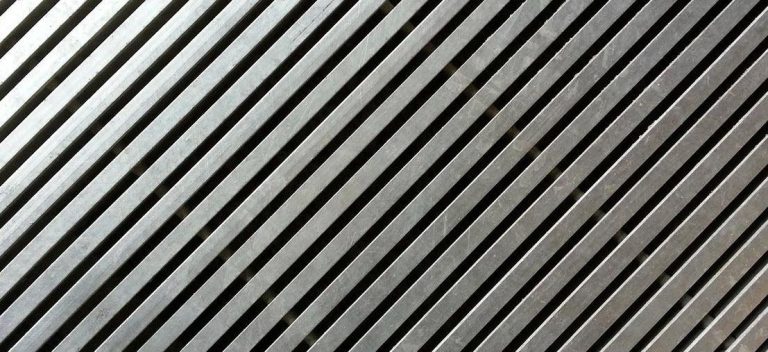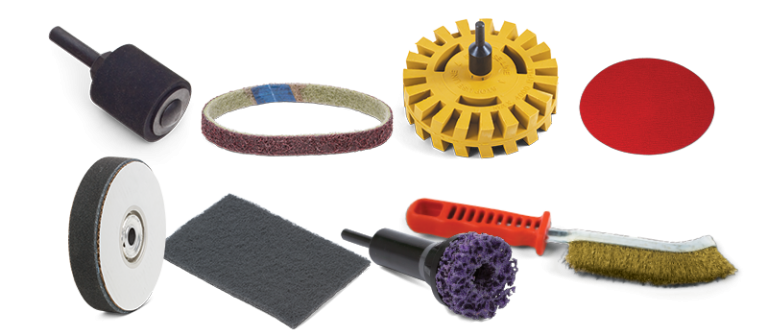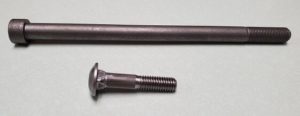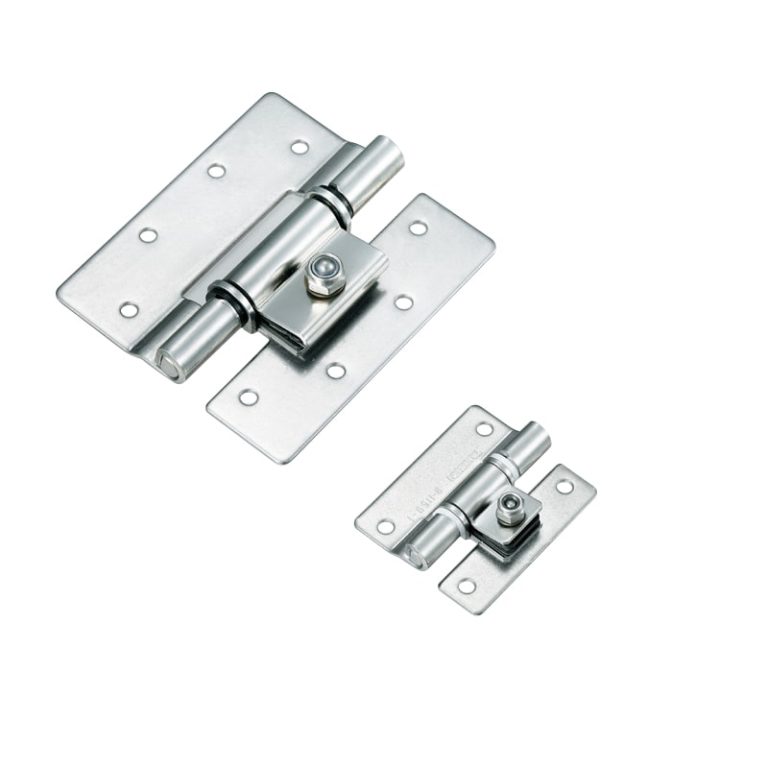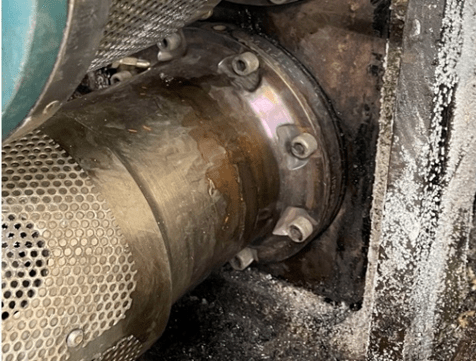air knife or flat nozzle
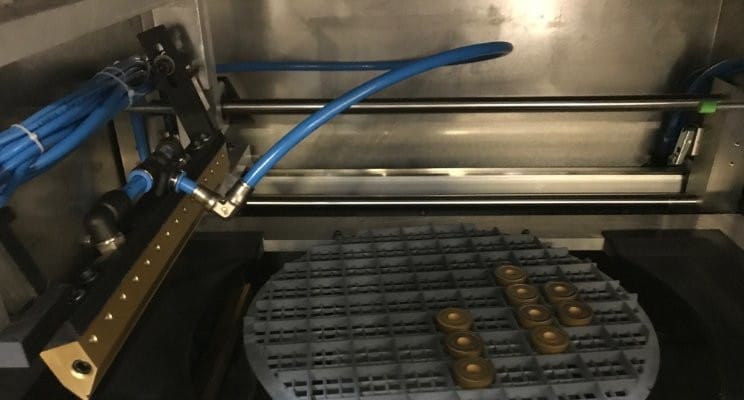
Several options are available when addressing a blow-off, drying, cleaning, or cooling application. The most costly operation is rows of open tubes or a pipe with holes. While it is the lowest in cost to set up, the energy use could be more efficient with modern options rather than these methods. While still in use, pipes with holes and rows of open tubes disappear over time.
With the advent of engineered air nozzles, jets, and air knives, these low-cost devices replace those older costly options. But there is still the issue of choosing among these modern engineered blow-off options, which can be challenging.
The first decision is whether the application should utilize an engineered nozzle, another annular compressed air blow-off, or a flat nozzles system like a flat jet or air knife. For flat, relatively flat, or curved surfaces that require a uniform blow-off across an entire length or width, typically, the decision is to use a flat jet like the Nex Flow Air Edger flat jet or air knife like the Nex Flow X-stream Air Blade air knife.
Other videos and blogs discuss the reasons for using flat-type nozzle systems versus annular devices. There are several things to consider if it’s a choice between a flat jet nozzle and an air knife.
If the application is for a relatively light blow-off, such as drying a product, the choice tends to be an air knife. The advantages of an air knife are generally less energy consumption, lower noise levels, and a continuous, relatively even flow along the entire length.
Care should be taken that the air knife quality is there and the flow is relatively even along its length. Not all providers produce quality air knives; even if they look similar, there can be significant differences in internal design that you do not always notice from the outside.
Air knives are usually made of aluminum or stainless steel. Aluminum units should be anodized for factory environments. Some users’ biggest complaints about air knives are using plastic shims to maintain the air exit gaps in the devices. Even with a relatively clean compressed air supply, plastic shims wear quickly. Nex Flow only uses stainless steel shims.
Air knives are also one device to use as needed, rather than several smaller flat jets. So it’s just more straightforward.
However, air knives do have an upper limit for force. A row of flat jet nozzles will be necessary for applications requiring a more potent force.
The Nex Flow design uses flat jets and air knives with stainless steel shims. But by their nature, greater gaps can be used with flat jet nozzles than with air knives to create a very powerful blow-off when required. The jets are typically provided on manifolds of standard length requiring two to twelve jets. Special manifolds have been made upon customer request.
There is one advantage with such manifold-mounted systems, which is flexible to change the flat jets to other blow-off devices and add swivels and extensions to the manifold, and then the flat jet for applications that may require it. But in those situations, the air knives would most likely not even come to mind.






